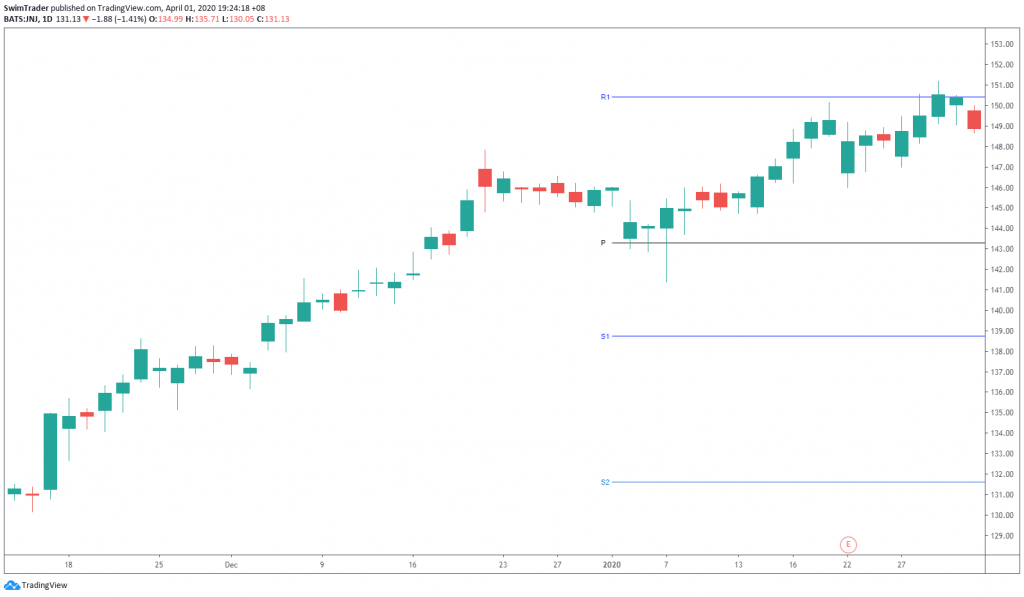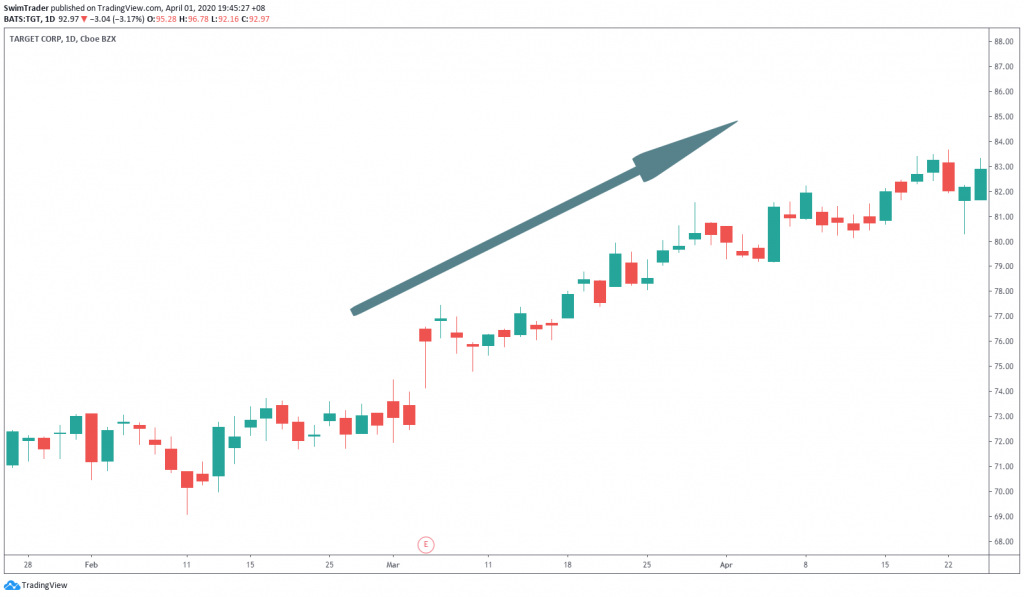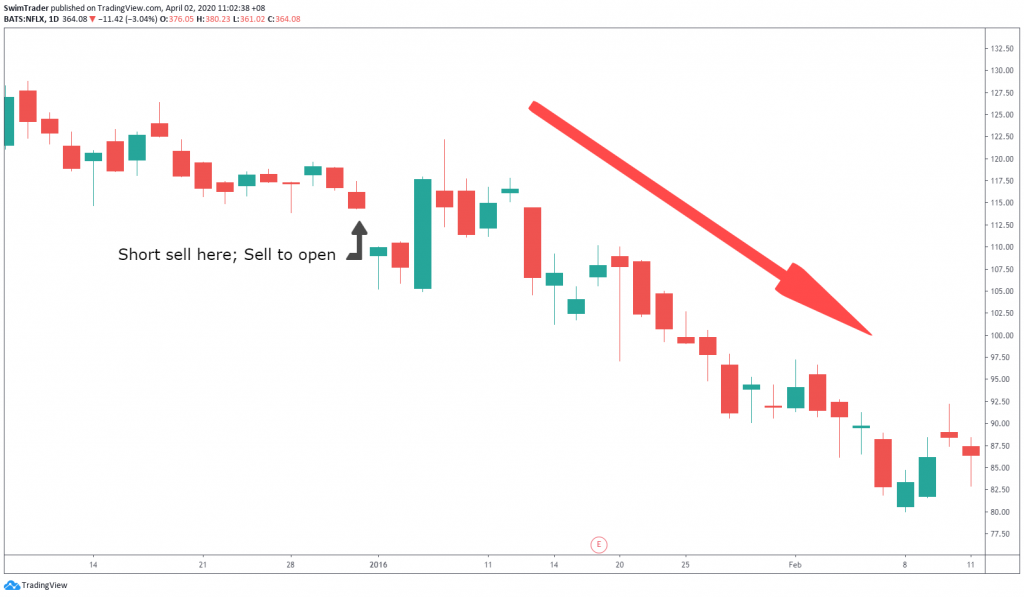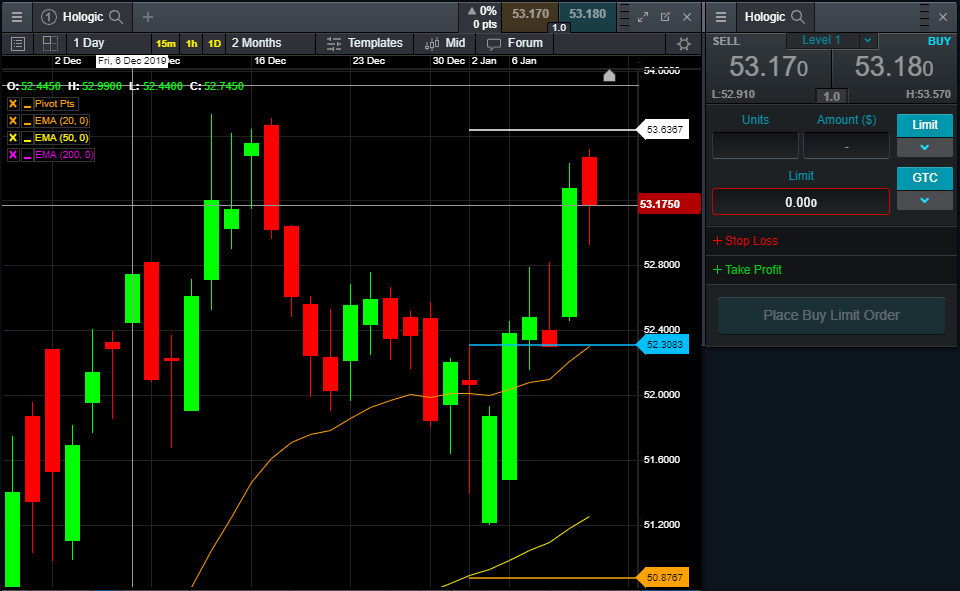Here are the most important trading terms (from P to S) which will help you towards your trading goals.
In case you missed the earlier parts of this glossary, you can find A-C, D-F, G-L, M-O here.
P
Penny stocks (aka pink sheet stocks): Stocks that are priced at $5 or less. Such stocks tend to have a small market capitalization and low trading volume which makes it riskier than larger companies with a larger trading volume.
Pivot points: An indicator which helps to tell the trend of a chart based on the time frame selected. This indicator also helps to predict the crucial price points which could act as support and resistance. 
Portfolio: The group of assets (physical, intangible, and financial) held by a trader or trading company.
Position (or open position): Market commitment held by the trader.
A long position means I am long in the stock I had bought.
A short position means that I am in short selling the stock.
Eg. I have bought shares of Apple. This means I have a long position in Apple.
On the other hand. I have a short position in Boeing. This means that I am short selling Boeing.
Position trading: A trading strategy which has a horizon of between 2 weeks and several months.
R
Rally: A sustained increase in the price of a stock.

Range: A horizontal boundary where prices fluctuate within.
Relative Strength Index (RSI): An indicator which notes the momentum of a stock.
A high value notes strong momentum.
Resistance: The zone where prices face a halt in an upward move.
Learn more from this article.
Reversal: A change in price direction.
Reverse stock split: A stock consolidation which consolidates the number of shares every shareholder has. This is usually done to increase the price of the stock.
Eg. In a 1 to 5 stock split, 1 share becomes 5. In a reverse stock split, 5 shares become 1, potentially increasing the share price by about 5 times.
Rights issue: Issuance by the listed company to shareholders to purchase additional shares at a discount. Shareholders who choose not to participate in this rights issue will have their holdings diluted by the increased number of shares in the market.
Risk to reward ratio: The amount of risk per share divided by the amount of reward per share.
S
Sectors: Categories which listed companies fall under.
Eg. Consumer Discretionary, Consumer Staples, Technology, Utilities.
Sell to close: Selling a stock to close out your open position of that stock.
Eg. I had bought shares of Facebook last week. I had just sold all of them today. This is sell to close.
Sell to open: Selling a stock to initiate or open a position of a stock.
Eg. I had just sold Netflix short. This is sell to open.

Share buy back: The purchase of a company’s shares by the same company.
Short covering: The purchase of the stock which I have sold short to close this position.
See “Sell to close” above.
Short selling: Borrowing shares of a listed company to sell, expecting prices to fall. Purchase the shares (short covering) to return and pocket the price difference.

Simple moving average (SMA): A moving average indicator which takes the average of prices in the period defined by the trader.
Spot the difference between a SMA and EMA.
Slippage: The difference in the actual purchase or sale price and the price of the stock at that point of time.

The price of Hologic is $53.175. However if you were to purchase its shares now, you will have to pay $53.18 per share.
If you were to sell its shares now, you will only get $53.17 per share.
Stock split: The splitting of the current number of shares. This increases the number of shares which shareholders will own and decreasing the price of each share proportionally.
Eg. In a 1 to 2 stock split, 1 share becomes 2. The price for each share is expected to drop by half.
Stop loss: A price level which a trader sets to close his/her position. Read to find out how to utilize a stop loss well.
Support: The zone where prices face a halt in a downward move.
Learn more from this article.
Swing trading: A short term trading strategy which usually lasts for a couple of hours to a couple of weeks.
There is a lot to trading proficiently. This journey does not have to be confusing and tedious.
Here’s What You Can Do To Improve Your Trading Right Now
#1 Register for our market outlook webinars by clicking here
#2 Join us in our Facebook Group as we can discuss the various ways of applying this by clicking here
#3 Never miss another market update; get it delivered to you via Telegram by clicking here
#4 Grab a front row seat and discover how you can expand your trading arsenal in our FREE courses (for a limited time only) by clicking here
See you around!

